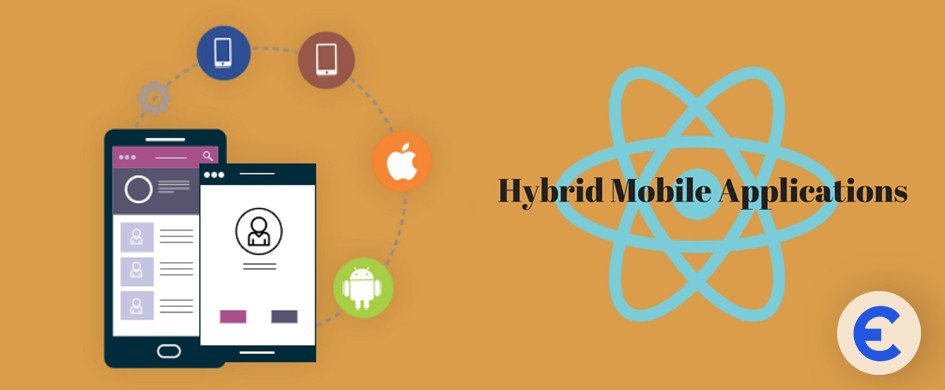Generative AI Introduction
In the realm of digital art creation, Generative AI means an unstoppable force, redefining traditional approaches and opening futuristic possibilities for creativity. Through this article, we familiarize you with how Generative AI empowers artists with innovative tools and techniques to push the boundaries of imagination and expression.
Have you ever come across fascinating and out-of-imagination AI-generated art or a piece of content? Well, that's Generative AI.
Generative AI is a powerful implementation of Artificial Intelligence to generate high-quality digital content including text, imagery, audio & synthetic data.
At its core, it is a dynamic collaboration of human intent with machine intelligence developed with the use of Generative Adversarial Networks (GANs) and neural networks.
Evolution of Generative AI in Artistic Landscape
Over the past decade, generative AI in artistic landscapes has undergone remarkable evolution stretching from an immature concept to its current reputation as a revolutionary force.
Surprisingly, Tracing back to the first introduction of this technology, it was first integrated into chatbots in the 1960s. But it wasn't until the integration of GANs in 2014 that it boomed in the artistic landscape.
The scope of AI progressed concurrently with the advancement of technologies. The introduction and democratization of AI art generators fueled by sophisticated algorithms and ML models catalyzed its unstoppable advancement. From rudimentary intelligence used for basic tasks such as data augmentation and simple image generation to the powerful platform serving as an intersection between artificial intelligence and artistic expression.
How Does Generative AI Work in Digital Art Creation?
Generative AI in digital art creation works by leveraging advanced algorithms and neural networks to generate the content you imagine. Here is how it actually works:
Generative AI is trained on a large dataset of existing artworks, music compositions and other pieces of creative content. This technology focuses on learning patterns and high-quality aspects of the existing data during the training phase. After the completion of training, it leverages AI algorithms like GANs and Recurrent Neural Networks to model the learned data distribution.
Once trained, AI takes input from users and generates new content by sampling from the learned data distribution.
This process is iterative; AI refines the output based on continuous user input and feedback for the most relevant output generation.
Significance of Generative AI in Digital Art Creativity
Generative AI holds immense significance in digital art creativity due to its power to revolutionize the creative process and push the limitations and challenges of traditional creativity. Here are some key points highlighting its significance:
-
Diversion from conventional constraints
Generative AI algorithms allow the creation of artworks beyond traditional aesthetic norms and enable the exploration of new artistic styles and Techniques. This enables artists to break free from conventional constraints and experiment with innovative approaches to visual expression.
-
Collaboration of human intuition with machine ingenuity
Generative AI fosters collaboration between human artists and AI systems, allowing for the co-design of artworks that blend human creativity with machine intelligence. This collaboration enhances the creative process by offering new insights, perspectives, and techniques that may not have been possible otherwise.
-
Expanding Creative possibilities
Generative AI algorithms can play a significant role in expanding the creative possibilities for artists. AI serves as a tool to integrate with an artist's vision efficiently to generate original artworks, music compositions, and other creative content autonomously. This enables artists to play with their imaginative art style and explore new artistic frontiers, experiment with unconventional ideas, and push the boundaries of traditional art forms.
Challenges and Ethical Consideration in Generative AI Art
While this technology breaks through the limitations of traditional art creation, it also raises several challenges and ethical considerations that need to be addressed carefully as the field continues to grow. We categorised them in the following three points:
1. Quality & Originality
While Generative AI has the capability to create impressive artworks, there is a possibility that the output might be lacking in innovation and sometimes unable to catch the true essence of the artistic expression. The root cause of this challenge is its working mechanism itself. AI learns and generates from pre-existing data and sometimes replicates the same pattern missing out on originality.
2. Bias and Fairness
Again, another challenge arises from the same root cause and that is bias and Fairness. If the source of data that AI is trained from promotes bias, this might lead to the stereotypical and discriminatory outcomes of generated art. For example, if the training data predominantly features a specific artistic style or cultural perspective, yet again reproduced outcomes might misinterpret these concepts doing injustice to the art.
3. Control & Autonomy
While AI can generate content autonomously, it can take away the artistic control and autonomy of the artist. Sometimes, the generated art can deviate from the artist’s intention and artistic vision due to the unpredictable nature of AI generation.
4. Intellectual Property
Generative AI directly impacts intellectual property in the creation of digital art by blurring the traditional notion of ownership and authorship. Also, As the AI art generation is becoming more accurate and impressive; it takes out motivation, patience and enjoyment of traditional artistic styles from excellent artists.
5. Ethical Responsibilities
The key ethical responsibilities in generative AI are social impact, transparency, privacy and cultural appropriation. Artists, developers, and stakeholders must be responsible for crafting guidelines that maintain transparency in AI development, privacy and consent in data usage, and respect cultural and traditional art styles.
At last, Generative AI is a blessing in digital art creation that empowers the creativity, imagination and possibilities of future generations of digital art. With the right tuning of human innovation with accurate and optimal efficiency of machine intelligence, we can create magic and miracles.
On the other hand, some say it is destroying the true artistic creativity of humans by demotivating and devaluing traditional artists and art styles.
There is no doubt, that the introduction of Generative AI is a great milestone in technological advancement but there are some areas of improvement that might make this technology flawless.



